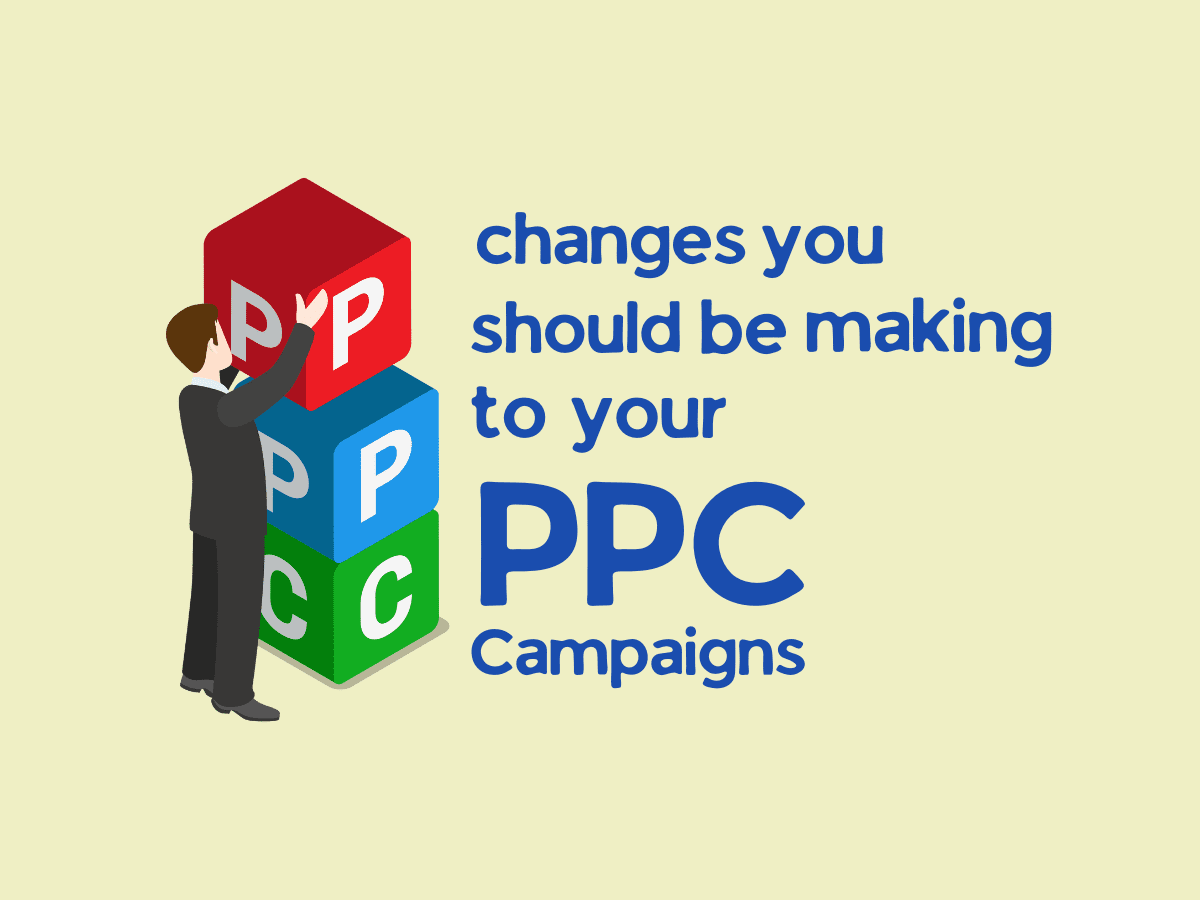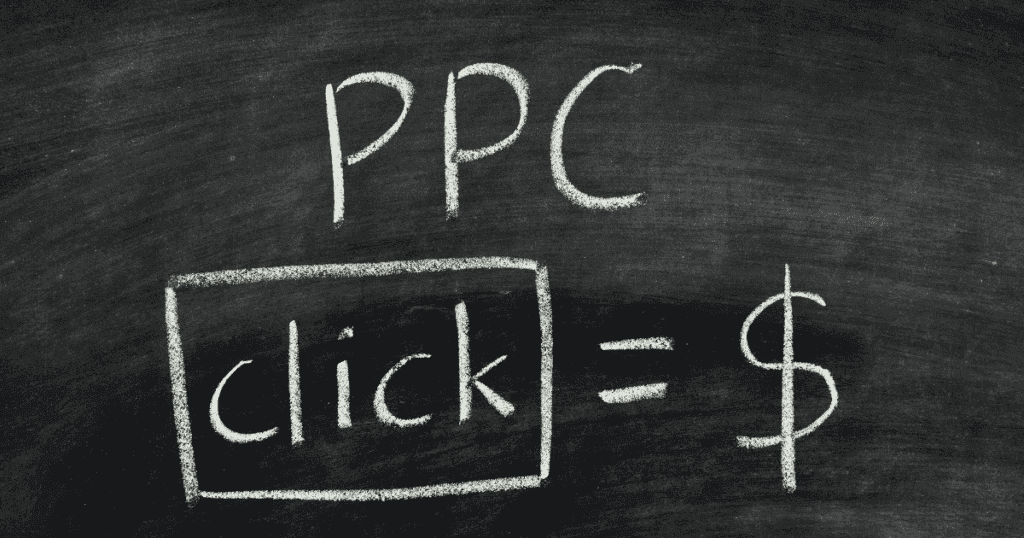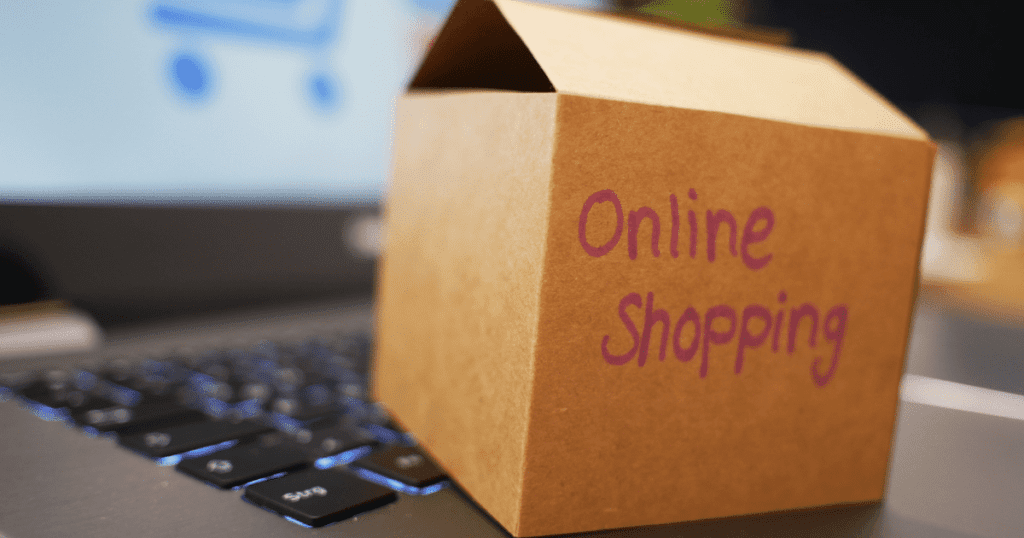Visual Search and How it can grow your e-Commerce Business?
The power of visual search is nothing less than a superpower and since it’s arrival it had revolutionalized the way people make Google searches. From searching for clothes online to translating foriegn or local languages to their own, users have made adequate use of the feature that quickly spreaded to all the operating systems around the world.
How does this revolutionize your business you ask?
Here’s how
Visual information is the most consumed form of information by humans, and it’s the easiest to understand as well. Users searching for a particular product or service are more likely to visit your website if it has relevant and valuable visual data. Infographics are known for providing the most value in the least time.
It’s crucial to keep in mind that visual search is different from image search, while the terminology suggests a direct relationship between them, things are quite different in both these cases. Image search is the old-fashioned way of searching for a particular term and then heading to the image section to find your match, whereas with visual search, the user uses tools like Google lens or Pinterest lens to reach their desired results.
Videos
Videos are by far the most consumed form of content on the internet and byte sized content in visual form can be the most educational one. Platforms like YouTube, Instagram and Facebook have already captured a very big chunk of the video market, so much so that YouTube is the default video player for any MP4 file on almost all websites across the internet. Uploaders upload them on YouTube due to the vast exposure to relevant audiences and also for easier backlinking.
Videos include thumbnails which is another way to use visual data, here targeted towards improvements in marketing.
Drawbacks
While the AI is impressively smart and improving every moment, it’s important to know that it can still make errors. Objects might be identified wrong in some cases and in some, the main subject of the image might be ignored for a secondary highlight. What’s important to know is that these identifications are independent of individual searches, meaning that you can search with the same image again and expect different results.
How to do it the right way?
Well, there is no right way to do this but avoiding these mistakes and checking these basics is essential to get started with your visual content. It all boils down to optimizing your images the right way, here’s how you can do that.
- Standardization
Maintain aspect ratio for images so as to avoid cropping on different devices the user is using. Keeping the images in standard size helps your site load much faster. A faster loading site helps in ways you don’t expect, reports show that more than half of the users will leave the page if the page fails to load in the first few seconds.
- Nomenclature and alt-tags
Name your image files appropriately, meaning that the name of the file should relate to what the image tries to show, maybe like a brief description of the image. Alt-tags are phrases that are displayed when the image is unable to be displayed. Both of these should be related to the image content and should have keywords to make it easier for the algorithm to understand it.
- Product information
The details and information of the product should be mentioned along with the brand details and specifications, this helps the search engine to classify your ad better and display it to the most relevant user that can be a potential customer.
- Structured data
Mentioning your prime Unique selling points in the product description makes it easier for the AI to segregate your data and also makes it easier for the user to decide upon availing your product. USPs are the turning point for a user at the bottom of the purchase funnel, instantly turning them into conversions.
Conclusion
Visual search is an integral part of the modern day search engine ecosystem and simple strategies can be implemented to easily aid your ad-page rank the highest among all search engines. If you liked this article make sure to subscribe to our newsletter for more! Catch us on social media @ Blustream integrated.











